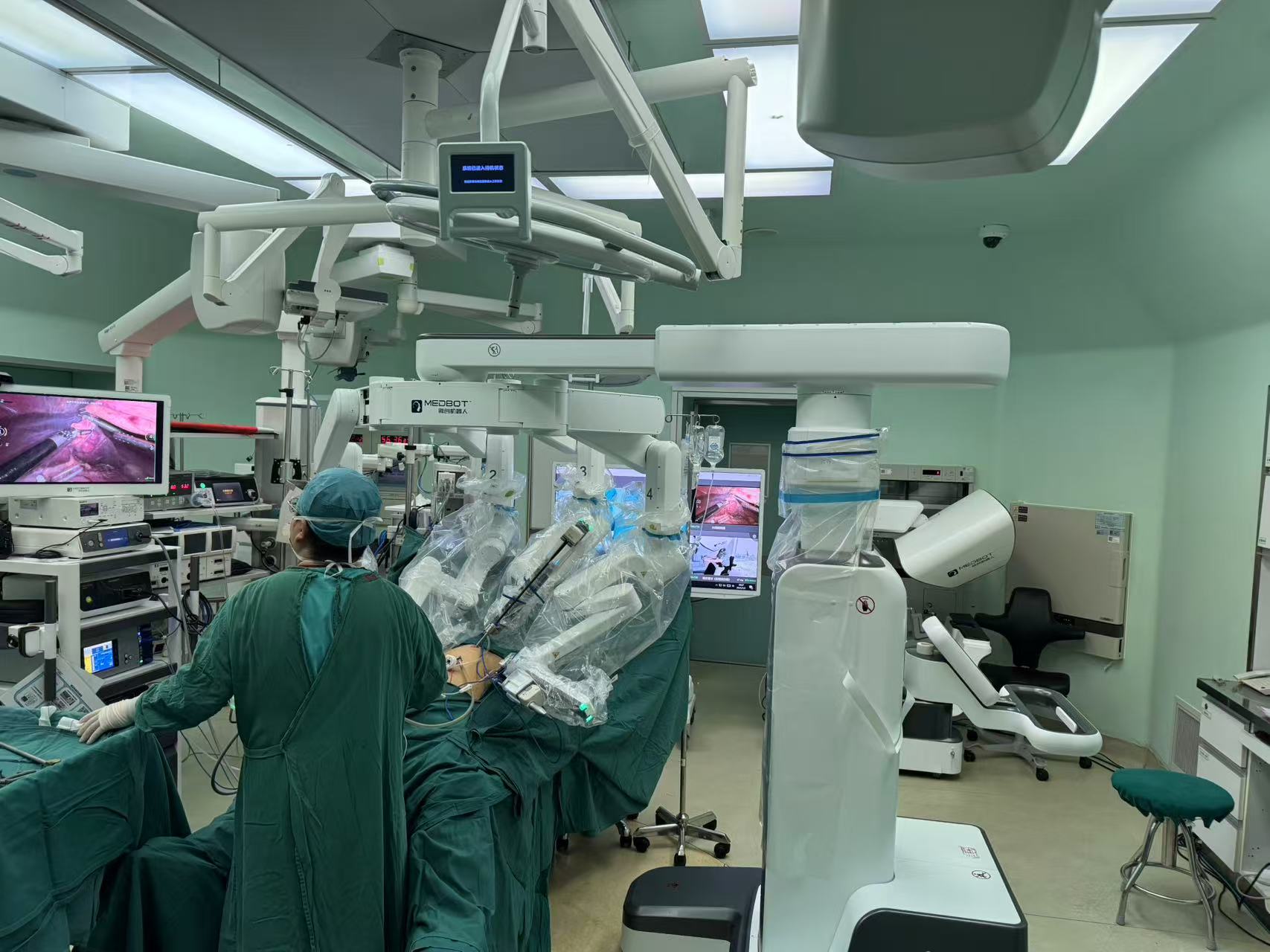
From July 2 to 3, 2025, Professor Liu Rong successfully performed the world’s first low Earth orbit (LEO) satellite-based remote robotic surgeries using the Toumai® Mobile Surgical Platform. With a one-way latency of less than 60 milliseconds, Professor Liu completed two liver tumor resections with no visible intraoperative bleeding and stable vital signs throughout. Both patients were discharged the following day, achieving efficient, safe, and convenient day surgery.
This groundbreaking achievement marks Toumai® as the world’s first and only surgical robot system capable of completing complex, multi-specialty remote procedures via a full range of communication networks — including dedicated fiber, 5G, standard internet, geostationary (GEO) satellites, and now low Earth orbit (LEO) satellites — and to be commercially approved for remote clinical use.
Back in December 2024, also using the Toumai® robot, Professor Liu completed two liver tumor resections via a GEO satellite positioned approximately 36,000 kilometers above Earth. The success of those operations sparked significant attention across the global surgical and academic communities, with in-depth coverage from multiple international media outlets.
Compared with GEO satellites, LEO satellite internet operates via constellations of satellites in orbits typically ranging from 200 to 2,000 kilometers. These shorter transmission distances greatly reduce signal loss and latency, enabling high-speed, low-delay, and wide-coverage communication. Since China designated satellite internet as part of its "new infrastructure" strategy in 2020, the network has reached regular deployment by April 2025, with a national and Belt and Road coverage plan targeted for completion before 2030.
According to Professor Liu, the benefits of LEO satellites extend far beyond speed. “This technology is not reliant on ground infrastructure, is resilient to natural disasters, and is unrestricted by geography or time. As long as there is a clear view of the sky — in remote mountains, deserts, or even aboard ships at sea — this remote surgery system can be accessed to deliver timely care,” he said.
“During surgery, every subtle movement from the surgeon is transmitted in real time to the robotic system, while the patient’s vital signs — such as heart rate and blood pressure — are instantly fed back to the surgeon. This significantly enhances the immediacy and accuracy of surgical procedures,” Professor Liu added. “It not only provides a new solution to the unequal distribution of medical resources but also expands the possibilities for critical care delivery across broader geographies, thanks to its low latency and robust reliability.”
-
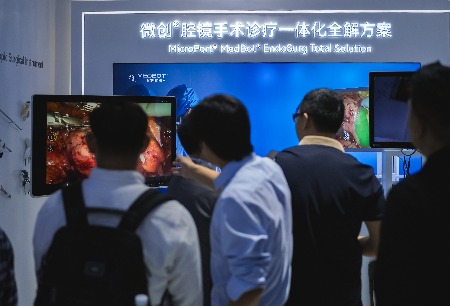 2025-11-14Toumai® Robotic Fluorescence Imaging System Receives EU CE Certification
2025-11-14Toumai® Robotic Fluorescence Imaging System Receives EU CE Certification -
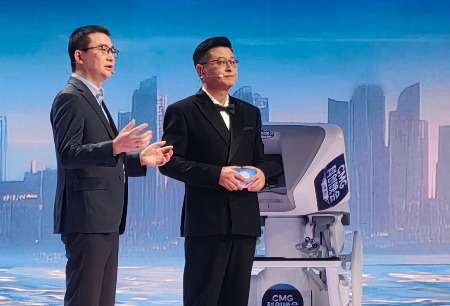 2025-11-10MicroPort® MedBotTM Showcases Toumai® Surgical Robot at “China Sci-Tech Innovation Gala”!
2025-11-10MicroPort® MedBotTM Showcases Toumai® Surgical Robot at “China Sci-Tech Innovation Gala”! -
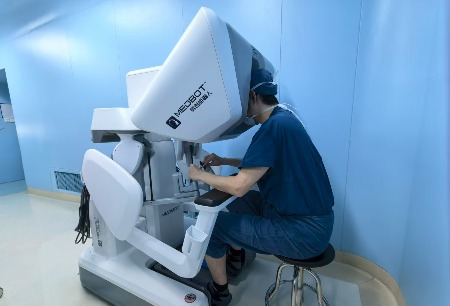 2025-10-13Toumai® Robot Assists in Complex Pancreaticoduodenectomy with SMV Resection and Prosthetic Graft Reconstruction
2025-10-13Toumai® Robot Assists in Complex Pancreaticoduodenectomy with SMV Resection and Prosthetic Graft Reconstruction





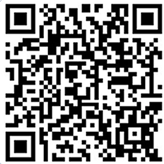
 Hu ICP Bei No. 20013662 HGWA Bei No. 31011502015178
Hu ICP Bei No. 20013662 HGWA Bei No. 31011502015178 " are registered trademarks of Shanghai MicroPort Medical (Group) Co., Ltd.” . They have been authorized to be used by Shanghai Microport Medbot (Group) Co., Ltd., and no other party shall use such trademarks without prior written permission thereof.
" are registered trademarks of Shanghai MicroPort Medical (Group) Co., Ltd.” . They have been authorized to be used by Shanghai Microport Medbot (Group) Co., Ltd., and no other party shall use such trademarks without prior written permission thereof.
